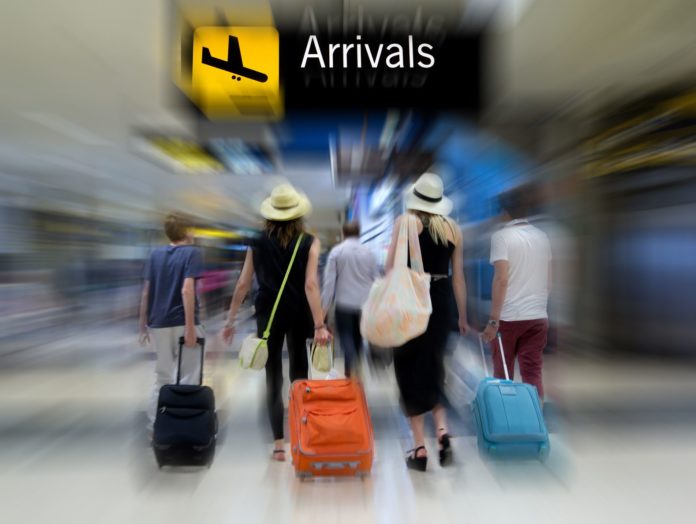
FOREIGN arrivals in Asia-Pacific averaged a year-on-year growth of 5.2 per cent in 2015 to reach a total of more than 455 million travellers, according to preliminary data collected by PATA.
Regionally, arrivals grew most in South Asia (8.2 per cent), followed by South-east Asia (6.7 per cent) and North-east Asia (3.5 per cent), with overall growth in Asia reaching 4.5 per cent in 2015 compared to the year before.
At the destination level, Japan had an especially strong year, growing by over 47 per cent year-on-year and setting a new record with more than 19.7 million foreign arrivals.
Also remarkable were arrivals to Thailand and Sri Lanka, which grew by 21 and 18 per cent to almost 30 million and 1.8 million respectively.
The gains were supported by the continued expansion of scheduled air seat capacity, with an 8.7 per cent annual growth in 2015 for the Asia-Pacific compared to the global average of 6.7 per cent.
According to PATA’s forecast, growth rate up to 2020 is expected to be around 3.4 per cent for North-east Asia, around 6.8 per cent for South-east Asia and 7.6 per cent for South Asia to collectively reach 650 million total arrivals.
Overall, Asia is predicted to see its foreign arrivals count increase by an average of 4.5 per cent per annum between 2015 and 2020.
In terms of source markets, the Pacific enlarged substantially in 2015 with annual growth of over seven percent to reach almost 27 million people. The Americas – which excludes the US – also grew significantly by nine percent to almost more than 54 million arrivals.
Origin markets within Asia will generate the largest volume of arrivals into Asia-Pacific heading into 2020. From a proportionate volume of 66 percent in 2015, Asia will increase its relative share of arrivals to more than 68 percent by 2020. Asian source markets are expected to generate close to 400 million arrivals annually into the Asia-Pacific region by then.
At the destination level, unsurprisingly, China will lead as the largest generator of foreign arrivals. It is expected to create over 60 million arrivals to non-mainland China destinations in Asia-Pacific in 2020.




















